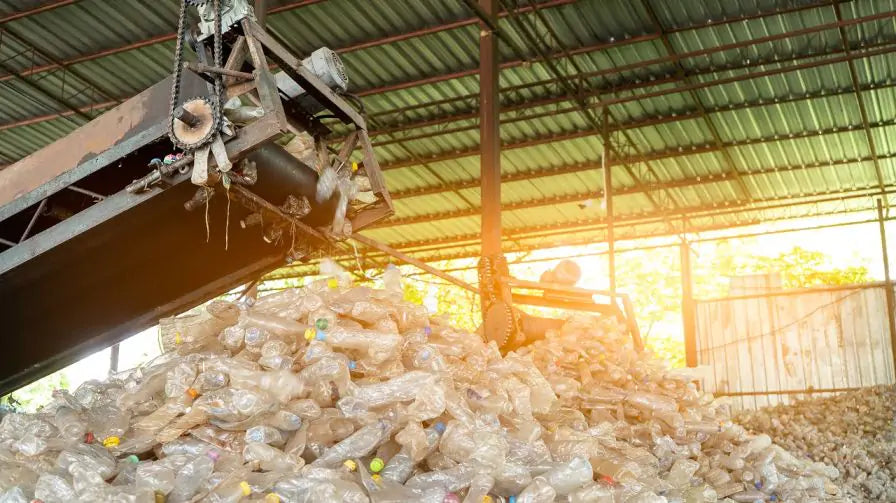Why not add these to compliment your wheelie bins?
Your basket is currently empty.
Shop NowWe guarantee to have the lowest price! Find the same bin for a cheaper price and we will beat it!

The New Waste Recovery Technologies on the block
All waste contains resources that went into making the original product; either energy that was used, or raw materials. These can be recovered when items are recycled. Waste recovery involves using the raw materials to produce new goods and energy.
Increasingly, waste is being diverted away from landfill, and it is being developed into fuel to replace the need for fossil fuels, which emit large amounts of greenhouse gases.
New technologies are being developed all of the time to hopefully put future generations on the path to more sustainable living.
Here are just a few technologies that might just become reality in the not so distant future.
A shower powered by household rubbish
A ‘waste boiler’ has been developed that might enable householders to turn their rubbish into energy to heat their water.
The boiler runs on a 13 amp plug and it can be installed into new homes as a hybrid, which runs on waste or gas. Securely bagged waste can be put inside the boiler which then converts it into gas, and solid and liquid fuel. The only waste that can’t be put into the boiler is metal and glass, and the boiler can turn 1 bag of waste into enough water for a long shower.
The developer hopes that the boiler will reduce energy bills, and they are looking to make it available for the general market by 2020.
Recovering E-waste using cryogenics
E-waste can be notoriously hard to deal with, but scientists have come up with a potentially safer way to recover computer chips from circuit boards. The E-waste is crushed into tiny particles in freezing temperatures, then is separated into its different forms, which are a polymer, oxide, or metal powder. These powders can be used in the construction industry and in other applications.
Making jet fuel from steel mill emissions
Virgin Atlantic is working with a company called LanzaTech to trial a low carbon jet fuel which is made from waste gases produced by steel mills. The carbon emissions are captured then fermented using bacteria, which consume the carbon. Ethanol is produced which is then processed and made into the jet fuel. 1 gallon of ethanol can make ½ gallon of fuel. The producer states that the fuel is similar in structure to kerosene, which is usually used, so no adaptations to aircraft would have to be made. Virgin hope to test the fuel on a flight later on this year.
The company also state that not only gases from the steel industry can be used in the process, gases from solid waste and biomass can also be used.
Making a new product from hard to recycle MDF
The first viable solution for recycling hard to recycle MDF might be on its way. Demand for furniture and construction materials has led to increased production of MDF, which normally ends up in landfill or is incinerated. But a UK firm has found a solution to recover the wood fibres.
The MDF is shredded into lumps and immersed in a saline liquid. The wood fibres are then separated from any glue or resin and turned into a new fibre. It is hoped that the UK’s first ever recycling plant for MDF could be in operation by 2020.
The insects that feed on waste to produce feed
One company has started using fly larvae to turn food waste into nutrients to use as animal feed. Over 2 weeks, the larvae digest the waste, which turns into fats and protein in their bodies. The larvae are then killed and turned into a protein-rich meal powder, ideal for feeding fish. One tonne of food waste can be turned into 100kg of high protein meal.